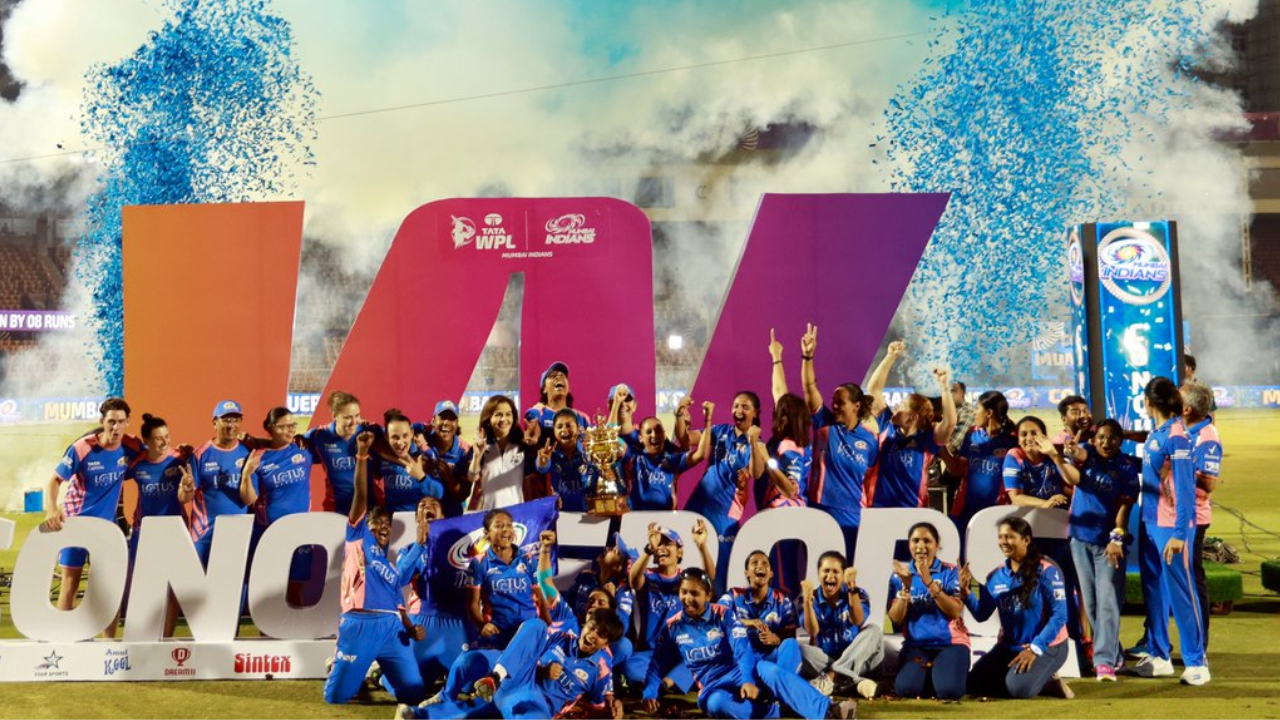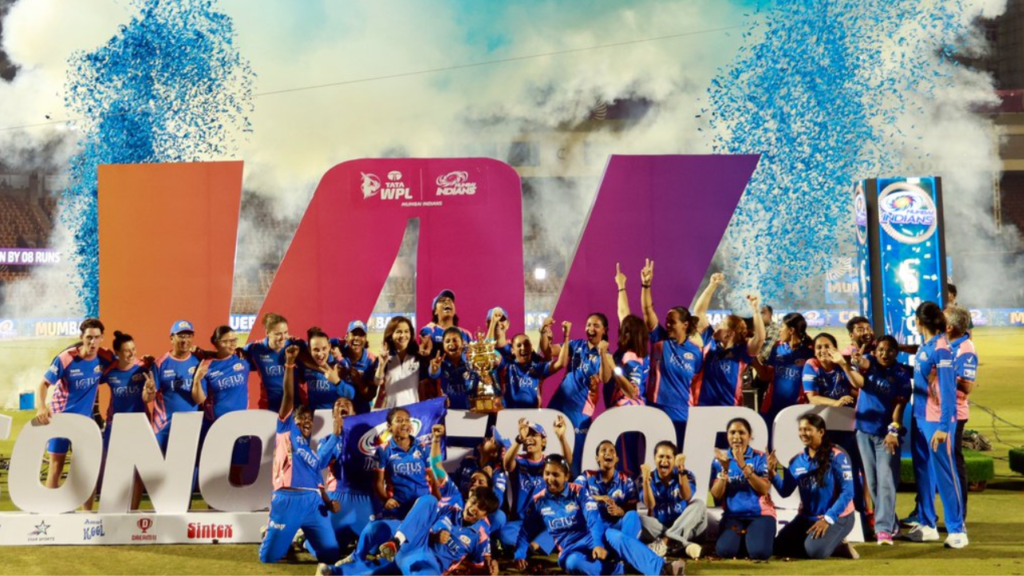
When India’s women lifted the ICC Women’s ODI World Cup at the DY Patil Stadium, it felt like the 1983 moment all over again. Suddenly, women’s cricket wasn’t niche; it was prime time. Sponsors were calling, brands were realigning campaigns, and broadcasters reported record TRPs for a women’s event. The natural next question and one that’s dividing opinion in cricket boardrooms is this: should the Women’s Premier League (WPL) expand now and adopt a full home-and-away format, or pause and consolidate?
Momentum is a rare ally in sport. The Indian team’s triumph has created a surge of national pride and visibility that could catapult the women’s game into a sustained commercial phase. With only five teams currently, the WPL offers limited opportunities for the vast domestic talent pool. Adding one or two new franchises could unlock more pathways for players and regional representation.
From a broadcast and fan-engagement perspective, more teams mean more matches, more markets, and more content. A home-and-away model would spread games across multiple cities, allowing local communities to rally behind their teams – the same emotional equation that turned IPL franchises like Chennai Super Kings and Kolkata Knight Riders into cultural phenomena. “The WPL has proven it’s an entertaining product; not a sympathy cause,” says a leading broadcast executive. “The time is right to take the game to new cities and build tribal loyalty around it.”
Financially too, the timing seems ripe. Franchise valuations are rising, and media rights, though smaller than the men’s IPL, have already breached high values. An expanded format would create new inventory for broadcasters and sponsors, and perhaps even attract international investors looking to ride the women’s sport wave.
Yet, beneath the euphoria lies a quieter, more pragmatic voice. The WPL is barely three seasons old. The operational backbone – venues, logistics, scheduling, player welfare – is still being tested. As Arun Dhumal, IPL chairman and part of the WPL governing council, recently said: “We want to strengthen the tournament for now. There are no immediate plans to add teams.”
Rapid expansion risks thinning out the player pool and diluting the competitive quality. India’s domestic ecosystem, while improving, doesn’t yet have the depth of the WBBL or The Hundred. A six or eight-team league without sufficient talent could lead to one-sided contests and declining audience interest – the very antithesis of what the women’s game needs right now.
The home-and-away debate also cuts both ways. While spreading matches geographically can grow fandom, it also multiplies costs – travel, venue preparation, broadcast operations – and complicates scheduling in a calendar already tight with international and domestic commitments. Centralising matches in one or two venues, as done initially, offers tighter production, higher quality control, and fuller stadiums. “From a franchise perspective, we’d love to own our home base,” says a senior executive from a leading WPL team. “But only when the economics work out. Empty stands in multiple cities won’t help anyone.”
Moreover, the league must first deepen its commercial and grassroots base before chasing footprint. Ticket pricing, merchandising, and regional broadcast innovations are still maturing. Expanding prematurely could stretch the ecosystem thin, making franchises dependent on goodwill rather than self-sustaining economics.
Other women’s leagues offer instructive parallels. International women’s leagues have opted for phased growth – prioritising broadcast quality, player welfare, and sponsor alignment over aggressive expansion. Each waited until domestic systems could sustain the increased volume of talent and fixtures. The WPL’s challenge is similar: build the foundation before scaling the roof.
India’s World Cup victory has given women’s cricket the wind beneath its wings. But the task ahead is to convert interest into infrastructure. The WPL should, over the next two seasons, stabilise its five-team structure, experiment with select home fixtures, and test regional appetites before moving to a full home-and-away model. Expansion should follow readiness, not emotion.
Women’s cricket has always fought for legitimacy; now it must fight for sustainability. The right kind of patience will ensure that when the league finally expands, it does so on the back of a solid foundation – not a sugar rush of success. In the end, the choice before the WPL isn’t between ambition and caution. It’s between momentum and maturity. Get that balance right, and this could be the decade that turns women’s cricket from a movement into an institution.




